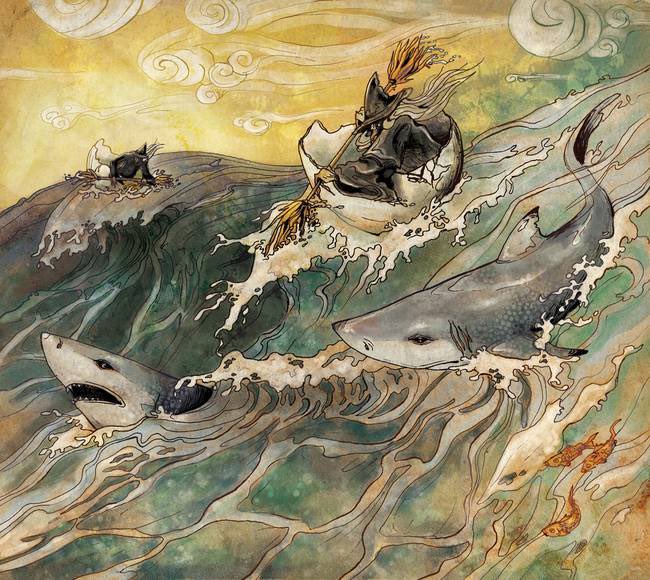PlinyのTwitterイラスト検索結果。 42 件
Girls uvu💞💖
Art by me
#idv #identityVイラスト #IdentityV #idvship #digital #MellyPliny #alicedeross #idvmelly #idvalice #idvEntomologist #idvjournalist
#yuri
@thepropgallery POMPEPE tells the story of both Pliny (Pepe) the Elder and Younger during the eruption of Mount Vesuvius in classic ETHPOCALYPSE style. The collection consists of seven “historic glitch” pieces in multiple editions.
The base art has been crafted with AI, https://t.co/NYojx65oN9… https://t.co/PNtPSS7uao
@ctzneth POMPEPE 🌋tells the story of both Pliny (Pepe) the Elder and Younger during the eruption of Mount Vesuvius in classic ETHPOCALYPSE style. The collection consists of seven “historic glitch” pieces in multiple editions.
https://t.co/NYojx65oN9
MISTLETOE: Of the druids, Pliny the Elder writes,
'Clad in a white robe the priest ascends the tree, and cuts the mistletoe with a golden sickle, which is received by others in a white cloth' ('Natural History', trans. Bostock and Riley, 16.95)
#GothicAdvent
Letters of the Younger Pliny -Stoic Philosopher
Some slight memoir and critical estimate of the author of this collection of Letters may perhaps be acceptable to those who are unfamiliar with the circumstances of the times in which he lived...
https://t.co/0JROoIpsNA
'Hope is the pillar that holds up the world. Hope is the dream of a waking man.'
Pliny the Elder
Painting: George Frederick Watts
'Hope'
According to Pliny (H. N. XIV) οἰνόμελι or "wine-honey" was invented by Aristaeus, Greek rustic deity who was also the first beekeeper, son of the huntress Cyrene & the god Apollo
Aristaeus Inventor Mellis holding a beehive, 1565 engraving by Cornelis Cort after Frans Floris
Roman author Pliny the Elder said that eggshells were used by witches in spells. Reginald Scot in 1584 wrote that witches could, "Saile in an egge shell, a cockle or muscle shell, through and under the tempestuous seas!"
BreeAnn Veenstra #FolkloreSunday 🐈⬛
The Crawford and Barber cups, found together in a Roman tomb in ancient Cilicia (modern Turkey) dating to 50-100 AD. Both are made of rare fluorspar (latin. "murra"), a mineral highly prized by wealthy Romans - Pliny wrote that Nero paid a million sesterces for one fluorspar cup.
“An early mention of soap comes in Roman scholar Pliny the Elder’s book “Naturalis Historia” from A.D. 77. He described soap as a pomade made of tallow and ashes that the Gauls, particularly the men, applied to their hair to give it “a reddish tint.””
—https://t.co/cwh13bPFbF
#FaustianFriday In Ancient Greek mythology, Tiresias was a blind prophet: Pliny the Elder believed Tiresias invented augury, a form of divination which read the omens of birds. In a necromantic ceremony, Odysseus summons Tiresias, offering him blood, and seeking his prophecy.
Today is the start of Saturnalia, when slaves rule their masters, when nobody works, but all indulge in feasting, drinking and gift-giving, and men wear women’s clothing. Catullus calls it ‘the best of days’, but Pliny tries to escape by spending the day alone in his summerhouse.
Dickens likely took inspiration for the chained spectre of Marley from Pliny The Younger's letters. Along with 'the Spirit of Africa' inspiring the other Spirits.
Researching A Christmas Carol for Early Haunts & delving into the story's origins was a treat.
#folklorethursday
Pliny's description of a bedroom in his residence at Tifernum-on-Tiber
"Est et aliud cubiculum a proxima platano viride et umbrosum, marmore excultum podio tenus, nec cedit gratiae marmoris ramos insidentesque ramis aves imitata pictura."
Letters of the Younger Pliny, Book V vi
The salamander was called by the physician Nikander the "soeceress' lizard," and while Pliny gives an accurate description says they can extinguish fire. The properties of salamanders are many until Carl Linnaeus established their scientific description. #FairyTaleTuesday
#FolkloreThursday #InsectWeird #GothicBugs #InsectWeek21
The Pyrallis is an insect resembling a large fly with four(!) legs that Pliny wrote lived in copper-smelting furnaces on Cyprus. It draws its lifeforce from the #fire and if it flies out of the flames it instantly dies🔥
"King Juba of Libya informs us, that the mantichora of Æthiopia can also mimic human speech."
-Pliny, Naturalis Historia 8 ch.45, C1st A.D.
@MonteCristo111 @joyfulmath3 1/
Yes, I'm really fascinated by this computer animation.
It's so realistic!
According to an estimate by Pliny the Younger, witness of the phenomenon, the height of the eruptive cloud, indicated according to modern units of measurement, may have reached 26 km.
#volcano













































